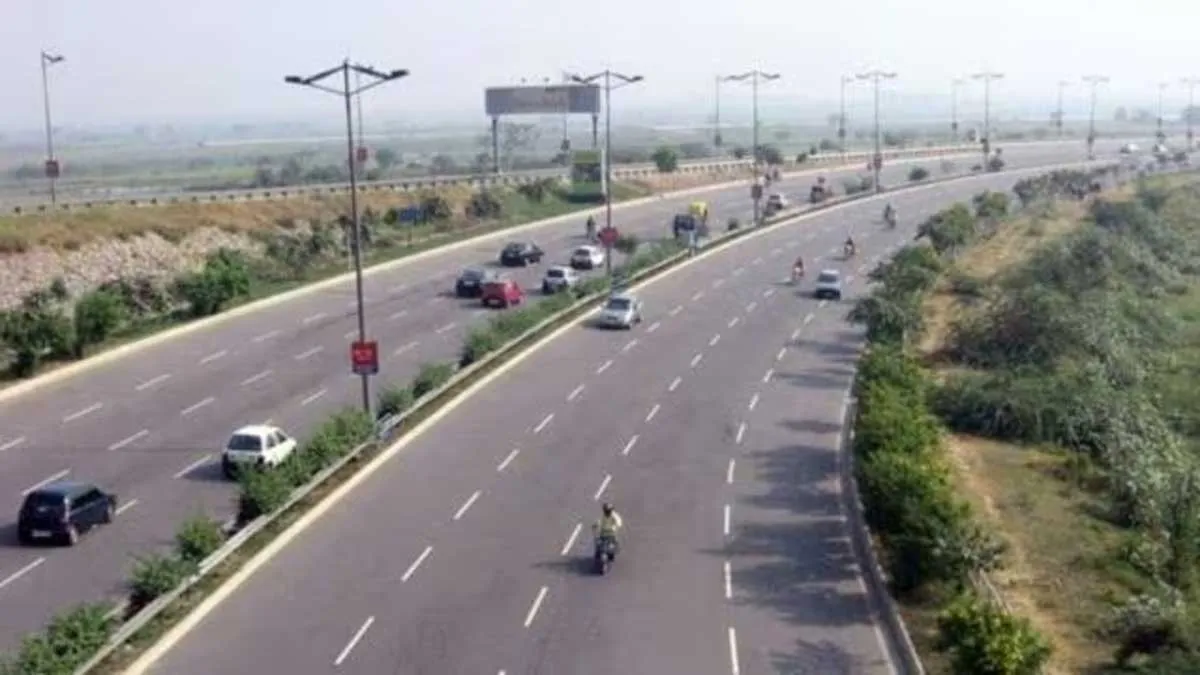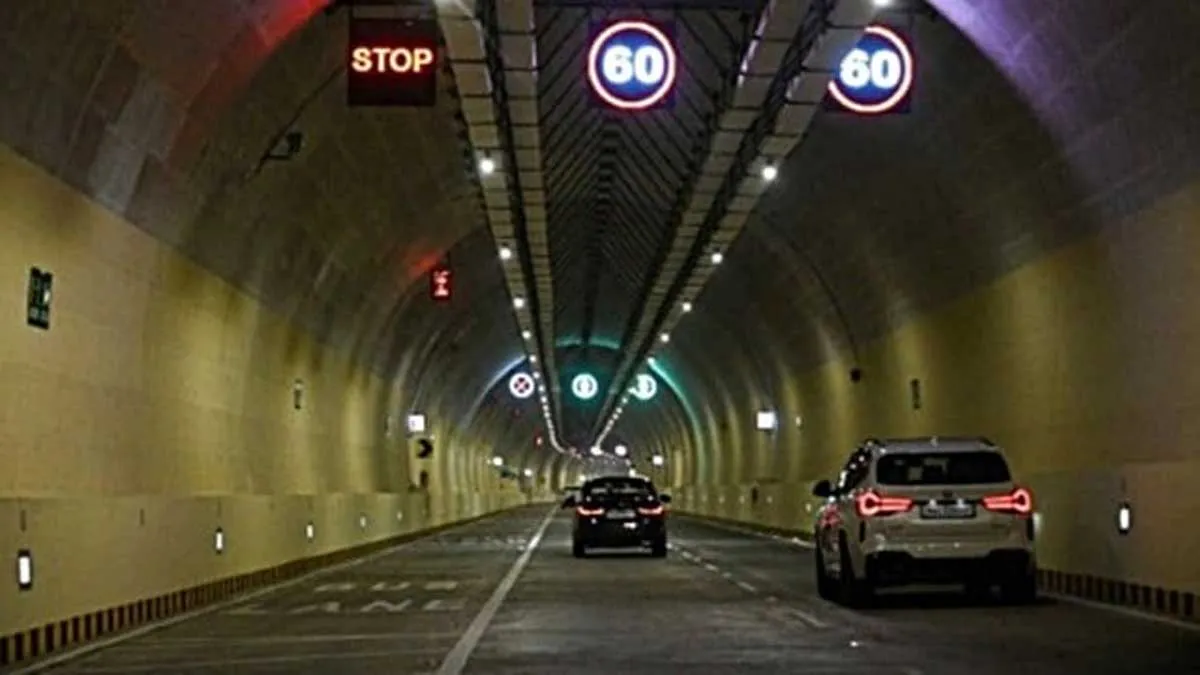The shift towards urbanisation in India has been brisk, leading to the development of countless infrastructure projects, in turn spiking demand for raw materials. Rapid urbanisation in India would greatly impact the consumption of natural resources through excavation, mining, quarrying, etc, to meet the demand of upcoming construction, and the unscientific manner of their extraction is putting enormous pressure on resource reserves.
Is this development sustainable; if so, to what extent?
The raw material demand-and-supply curve is not linear and is making development more challenging. India is also facing issues related to handling and management of C&D waste—environmental issues such as rise in flooding level (owing to the illegal dumping of C&D waste into rivers), natural resource depletion (construction materials), landfill site space crunch and illegal dumping of C&D waste at roadsides and all around the outskirts/hill slopes of metro cities are evidence of mismanagement of this recyclable resource and dereliction of environmental and social responsibilities. Therefore, addressing C&D waste appropriately as a usable resource in the construction industry could significantly enhance the building material supply chain.
On average, India produces 10-15 million tonne of C&D waste annually. Additionally, the projections for building material requirement of the housing sector alone indicate a shortage of aggregates to the extent of about 55 billion cu m. Add to this, 750 billion cu m of aggregates that would be required to achieve the targets of the roadbuilding sector. Recycling of aggregate material from C&D waste may reduce the demand-supply gap in the housing sector.
Recycling C&D waste
Limited numbers of C&D waste processing plants are operational in few cities such as Delhi, Pune and Ahmedabad. However, the Ministry of Urban Development (MoUD), via a circular dated June 28, 2012, directed all states to set up C&D waste recycling facilities in cities with a population of over 1 million.
The Swachh Bharat Mission (under MoUD) envisages the processing of 100 per cent solid waste generated in cities and towns by October 2, 2019, as a key objective, which includes C&D waste too. Considering the scale of development in cities like Ghaziabad, Surat, Faridabad, Aurangabad, Dhanbad, Guwahati and Amravati, there is an urgent need to set up a C&D waste recycling facility. Recycled C&D waste is primarily used for paver blocks; other finished products include bricks, precast compound walls, manholes, rainwater harvesting structures, toilets, etc. The processing, management and reuse of C&D waste have been backed by C&D waste management rules laid down by the Ministry of Environment & Forest & Climate Change (MoEF & CC) in 2016.
Although a start has been made, Indian cities have a long way to go in managing, utilising and profiting from C&D waste. There is a huge gap in knowhow of management and implementation, processing, reuse and marketing of C&D waste and associated products among stakeholders who are not aware of the technological advancements in waste recycling. Therefore, workshops and capacity-building programmes focusing on global case studies should be designed and sufficient training should be imparted to the stakeholders.
-
Here are some suggestions for the way forward:
Ascertaining the exact quantity of C&D resource to forecast future potential of the C&D recycling industry: According to 2001 estimates by the Technology Information, Forecasting and Assessment Council (TIFAC), the quantum of generation of C&D waste is 12-15 million tonne (mt), while 2010 estimates by the Ministry of Environment & Forest (MoEF) peg it at 10-12 mt. The Central Pollution Control Board (CPCB) estimated C&D waste generation quantity at about 12 mt, while the Building Material & Technology Promotion Council (BMTPC) cites a figure of 165-175 mt per annum (2005-2013). Thus, different sources have widely varied estimates. Therefore, realistic current assessment and future forecasting of C&D waste generation is of utmost priority. -
In-depth R&D to upscale properties of recycled products derived from C&D resource: Currently, recycled products derived from C&D waste are treated as secondary products with limited usability owing to lack of standardisation. Research can ensure an appropriate design mix applicable for various applications.
-
Formulation of strong, strict and comprehensive legislation drive change: C&D waste is one of the niche areas, which is at a nascent stage of evolution and requires extensive research and effort so that it is mainstreamed in construction practices or technologies. However, while an isolated legislation is in place, the existing legislations are not streamlined, leading to complications during policy formulation and implementation. Therefore, a stringent and comprehensive legislation is the need of the hour that can address step-by-step methodology and.
-
Incentivising stakeholders to procure products derived from C&D waste: There is a myth that products derived from C&D waste are unsafe and non-durable. Therefore, first, sensitisation and awareness are required. Secondary tangible benefit in the form of tax rebate/equivalent and intangible benefits in the form of recognition at important platforms will work as incentives.
-
Use ICT to streamline C&D resource: This should form a core part of the process and be integrated from the beginning; it will support monitoring and implementation of actions.
Impacting Sustainable Development Goals (SDGs)
If these suggestions are converted into action, C&D waste management could directly impact multiple SDGs. For instance, SDG-12: Responsible Consumption and Production aims to reduce waste generation through prevention, reduction, recycling and reuse by 2030; promote environmentally sound management of chemicals and all wastes throughout their lifecycles to minimise their adverse impacts on human health and the environment by 2020; and targets sustainable management and efficient use of natural resources by 2030. Similarly SDG-11: Sustainable Cities and Communities aims to reduce the adverse per-capita environmental impact of cities, including by paying special attention to air quality and municipal and other waste management by 2030. Additionally, streamlining C&D resource will also indirectly support SDG-13: Good Health & Well-Being, which addresses reduction in number of deaths and illnesses from hazardous chemicals and air, water and soil pollution and contamination. And SDG-9: Industry, Innovation & Infrastructure talks about increased resource-use efficiency and greater adoption of clean and environmentally sound technologies by 2030; enhancement of scientific research and upgrade of technological capabilities; and increasing access to ICT by 2020.
Indeed, managing C&D waste alone could refine sector-specific indicators and establish well-defined targets for the C&D waste sector. Thus, India’s path to becoming a developed nation must including converting our waste to resource wealth.
About the author: Sonia Rani, Environmental Engineer & Sustainability Expert, The Energy & Resources Institute (TERI), is an expert in the domain of holistic sustainable development, building materials, construction and demolition, waste management, resource efficiency, circular economy, smart cities, sustainable and affordable housing, water and waste management.



















